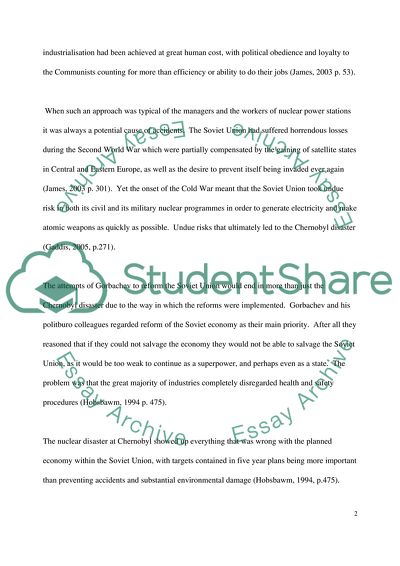Cite this document
(“The Chernobyl disaster Essay Example | Topics and Well Written Essays - 2500 words”, n.d.)
The Chernobyl disaster Essay Example | Topics and Well Written Essays - 2500 words. Retrieved from https://studentshare.org/miscellaneous/1551221-the-chernobyl-disaster
The Chernobyl disaster Essay Example | Topics and Well Written Essays - 2500 words. Retrieved from https://studentshare.org/miscellaneous/1551221-the-chernobyl-disaster
(The Chernobyl Disaster Essay Example | Topics and Well Written Essays - 2500 Words)
The Chernobyl Disaster Essay Example | Topics and Well Written Essays - 2500 Words. https://studentshare.org/miscellaneous/1551221-the-chernobyl-disaster.
The Chernobyl Disaster Essay Example | Topics and Well Written Essays - 2500 Words. https://studentshare.org/miscellaneous/1551221-the-chernobyl-disaster.
“The Chernobyl Disaster Essay Example | Topics and Well Written Essays - 2500 Words”, n.d. https://studentshare.org/miscellaneous/1551221-the-chernobyl-disaster.


